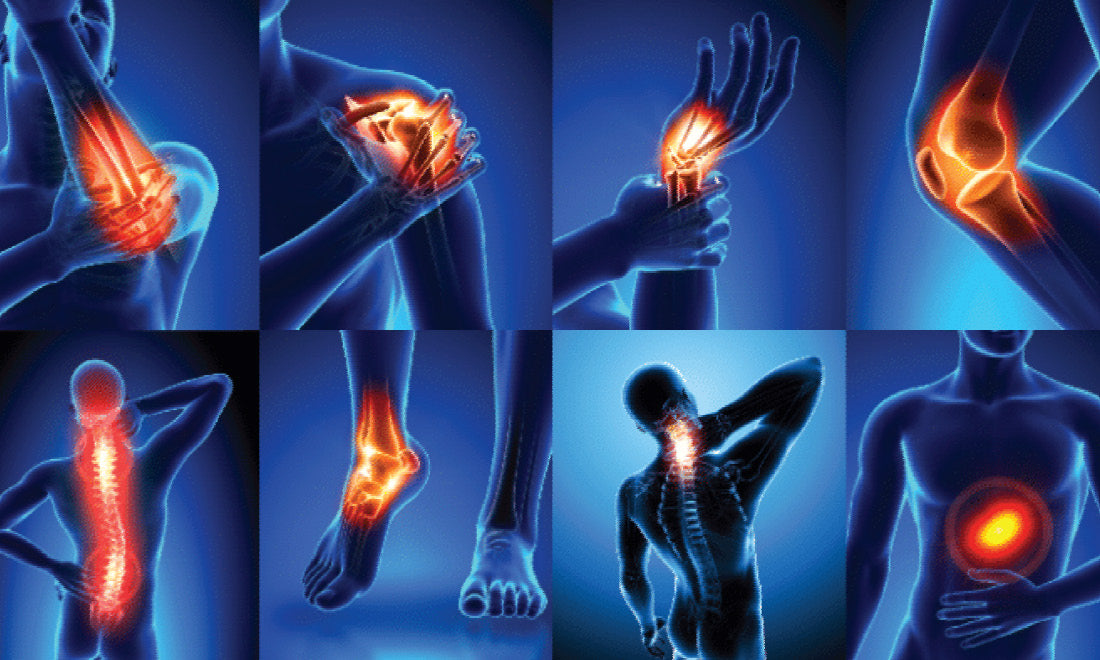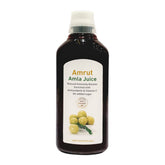
Why Knee and Joint Pain Increases During Winter?
You may have wondered: “Why do my legs hurt when it is cold?” Joint pains are symptoms of an injury or an underlying health condition. But cold weather does create joint pains, especially when you must spend time outdoors during winter.
You can experience pain in any part of your body, but cold weather discomfort occurs mainly in the hips, knees and ankles. This pain is more likely to happen when you run regularly. If you tend to spend more time exercising in the cold, you’ll put more pressure on weight-bearing joints. The pain you feel could be caused by restricted blood flow to the joints or changes in pressure.
Some theories suggest changes in atmospheric or barometric pressure, which refers to the weightiness of air and decreases in cold weather. This drop in barometric pressure may cause your soft tissues to swell and put pressure on your joints, causing your nerves to transmit increased pain signals.
What Is the Cause of Leg Pain in Cold Weather?
During late fall and winter, joint pain complaints become more frequent than in other seasons of the year. As mentioned, there’s inadequate research to prove this condition’s cause. During cold months, the body tries to conserve more heat and sends more blood to organs in your body’s midsection, such as your heart, lungs and digestive organs.
As a result, your body sends less blood to your legs, knees, arms, shoulders and other joints. This reduced blood flow, in turn, makes the blood vessels at the joints constrict, making those areas stiffer and colder, resulting in pain and discomfort. This explanation applies only to the pain you feel while you are outdoors. Such pain increases significantly when you are active or put pressure on your leg joints while running. Still, it does not necessarily explain why you may be experiencing leg pain in the winter despite being cozy inside your home.
If you are only experiencing leg pain when running outside in the cold, you have many solutions to avoid the leg pain by keeping your whole body warm as you exercise. Conversely, you may require further medical testing and attention if you are experiencing pain in cold weather despite keeping yourself warm. Such testing and medical attention will focus on discovering why you’re experiencing increased pain in cold weather and providing treatment to solve or manage the issue.
What Can You Do to Reduce Cold Weather Leg Pain?
Keeping warm can help you reduce cold weather joint pain, especially when you run outdoors in winter. Here are some ways to stay warm and avoid cold-weather leg pain:
- Do warm-up exercises: Stretch for five minutes or more. Warm-up exercises boost your cardiovascular system by increasing blood flow to your muscles and raising your body temperature. Warming up before exercising also reduces joint stiffness and prevents joint injuries.
- Dress in layers when running outside: Although you may prefer to run with as few layers as possible in optimal conditions, winter running can be very different. To counteract the cold shock your body experiences from winter running, ensure you’re well-layered — especially to start the run. Keep your extremities covered so they require less blood flow to stay warm, allowing your joints and soft tissues to maintain good circulation. As your body warms up, you can shed layers as needed — wrap a jacket around your waist or put a scarf in your pocket, for instance.
- Don’t stop running suddenly: When you need to take a break from running, keep walking so your knee joints won’t get cold and start to hurt. Staying mobile as you catch your breath will prevent muscle tightness and joint stiffness, maintain optimal blood flow and preserve your rhythm and motivation to keep going.
- Cool down properly: Soon after running, do some stretching exercises to reduce the muscle tightness that occurs shortly after prolonged exercise. A short walk or light jog after a long run also delivers oxygenated blood to your muscles, supplying them with energy, speeding up recovery and preventing sore spots. After your run and before you start stretching, it is a good idea to cool down with a walk or light jog. Make sure you stretch your muscles before sitting down to rest.
- Stay indoors on very cold days: Work out indoors when the winter weather is most fierce. Rather than going out to run on snow-covered pavement, get on your treadmill for a 20-minute cardio workout. After working out, get cozy! If you can, drink some warm tea or coffee, snuggle up with a nice blanket and read a book or watch a show.
- Prepare for cold working environments: When you’re at work, bring extra layers if your workspace environment is on the colder side and you feel your joints acting up. Take a warm shower or bath when you get home, and ensure you have gloves, warm socks, a coat suited to the weather and a hat to keep you warm when you must traverse the icy cold.
What Should You Do If Your Leg Still Hurts in Cold Weather?
If you discover that your joints still hurt after applying these tips, you need to talk to a physical therapist or orthopedist. An orthopedist will provide testing to determine the cause and find remedies for your cold-weather leg pain.
Additionally, you can manage symptoms through healthy habits that improve your overall joint health if you continue to experience lower leg or joint pain when you are cold. Some of these healthy habits include:
- Maintaining a healthy weight.
- Eating well.
- Staying active.
- Keeping warm in the winter.
- Strengthening your leg tendons, muscles and bones.
Why Are My Legs Cold From the Knee Down?
If you experience cold legs from the knee down, no matter the temperature, you could be dealing with a more significant medical condition, such as peripheral artery disease (PAD). See a doctor or orthopedist if you continually feel your legs are cold in both warm and cooler months. It is essential to do so if you experience constant cold in only one leg. You may also be dealing with poor circulation.
Does Cold Weather Make Joints Hurt?
Many people find that cold weather causes increased joint pain, weakness, grinding and overall soreness.
Some tips on how you can relieve knee pain during the cold winter months:
It would be simple to suggest staying inside to avoid or relieve knee pain in cold weather. Yet, staying active and getting fresh air is important for maintaining knee health and function — also your mental wellness! While staying inside is recommended on the coldest of winter days, it isn’t a workable solution for winter’s entirety. With that in mind, here are some tips on how you can relieve knee pain during the cold winter months:
- Do exercises that strengthen your quadriceps. These muscles, located at the front of your thigh, protect and support your knee joint.
- Stay hydrated. Drinking lots of water prevents your joints from drying out, helping maintain flexibility and reducing wear and tear. Try to drink at least eight cups of water each day.
- Wrap your knees when outside on cold days. Whether you’re going for a run, skiing the slopes or working outside in the cold, use a knee sleeve or wrap to supply extra warmth to your knee.
- Visit an orthopedic doctor for testing and treatment. An orthopedic doctor can examine the cause of your cold-weather knee pain and provide effective treatment options to relieve your pain.


